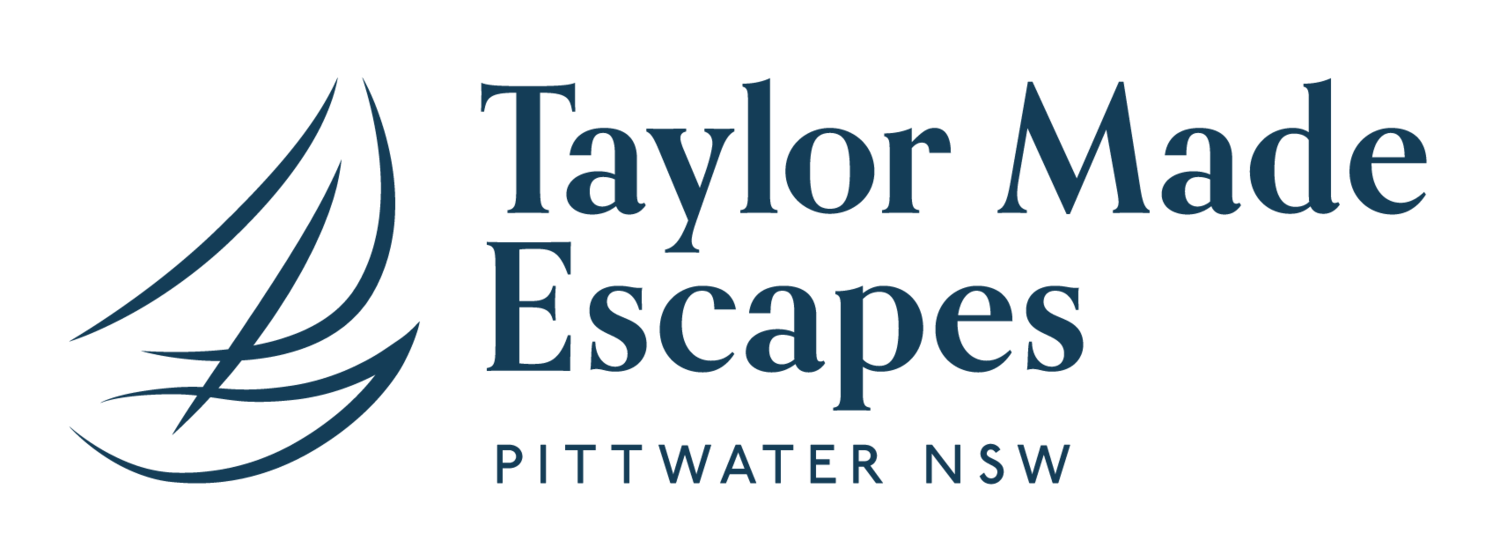Broken Bay
Broken Bay - ‘a semi–mature tide-dominated drowned valley estuary’
If you need to put a tag on Broken Bay it would be the heart that connects three waterways and an ocean. South lies Pittwater, North is the entry to Brisbane Water, west the start of the Hawkesbury River and finally East lies the Tasman Ocean with Barrenjoey Headland to the South and Box head to the North.
Lying in watch is Lion Island, a rocky outcrop facing East, originally named Elliot Island it is the sentinel of the Bay housing a protected penguin colony.
Captain James Cook passed by in 1770 observing broken land from below the deck. This, he named “Broken Bay” and continued sailing northward along the coast.
Captain Arthur Phillip, Commander of the First Fleet first explored Broken Bay in a long boat and cutter within months of landing. Disappointed at the soil around Port Jackson he set out to find more suitable farm land. His description initially was “the land at Broken Bay [was] in general very high and in most parts rocky and barren”*. He sailed upstream and very quickly found the Hawkesbury River and its fertile floodplains and rich soil, ideal for farming and feeding the young colony.
Very quickly ambitious settlers began to colonise the river banks although the first nations people of The Guringai Nation had already claimed this as their land some 25,000 years ago. A sad history evolved where ‘battles’ between the settlers and the indigenous inhabitants led to bloodshed and hostilities. Each group misunderstood the other as they had differing interpretations on farming the land.
By 1802 the area was well mapped and quickly became a source of feeding the colony, a brisk river trade developed with boats sailing regularly to Sydney Cove laden with fresh produce and bringing back supplies, tools, materials & other goods not available locally.
It took 50 years before a road ‘The Great North Road’ was pushed through to Wisemans Ferry and eventually onto Newcastle.
Sadly the indigenous inhabitants slowly decreased in numbers till only a few remained.
Areas of Interest
Resolute Beach
Facing North East on the Northern boundary of Pittwater and Broken Bay. Named after the timber cutter “Resolute '' that ran aground in 1877. Only accessible by foot and water, one of our favourite spots to moor a yacht for lunch and a swim.
Flint and Steel
Also known as White Horse Beach is a lovely beach on the South side of Broken Bay, only accessible by water or foot. Many years ago it was apparently the site of a guest house.
Patonga
'Oyster' in the local Guring-gai language. Patonga is a great day trip destination, accessible via road or ferry from Palm Beach, it has a beach and spit nearly 1 kilometre long. Brisbane Water National Park borders it to the North, with walking trails all the way to Pearl Beach and a lookout with great views over Broken Bay. A great spot to moor and either swim or row ashore for a coffee or fish and chips.
Lion Island
Named Elliot Island by Captain Arthur Philip in 1889 after “The Rock '' and his friend General Elliot who won Gibraltar for England. It’s name was subsequently renamed to Lion Island. In 1804 the Sydney Gazette reported Aboriginal people on a beach saving crew from the sinking ship ‘Speedwell’ near Lion Island. Now a penguin sanctuary and landing on the Island is prohibited.
Box Head
Forming the Northernmost boundary of Broken Bay this location has spectacular views back to Pittwater, Lion Island and out to sea. We sail from Palm Beach out to Box Head when Guests wish to see the Ocean and shoreline of the Central Coast.
Part of Bouddi National Park, it is in close proximity to several beaches - Iron Ladder Beach, Lobster Beach and Tallow Beach.




